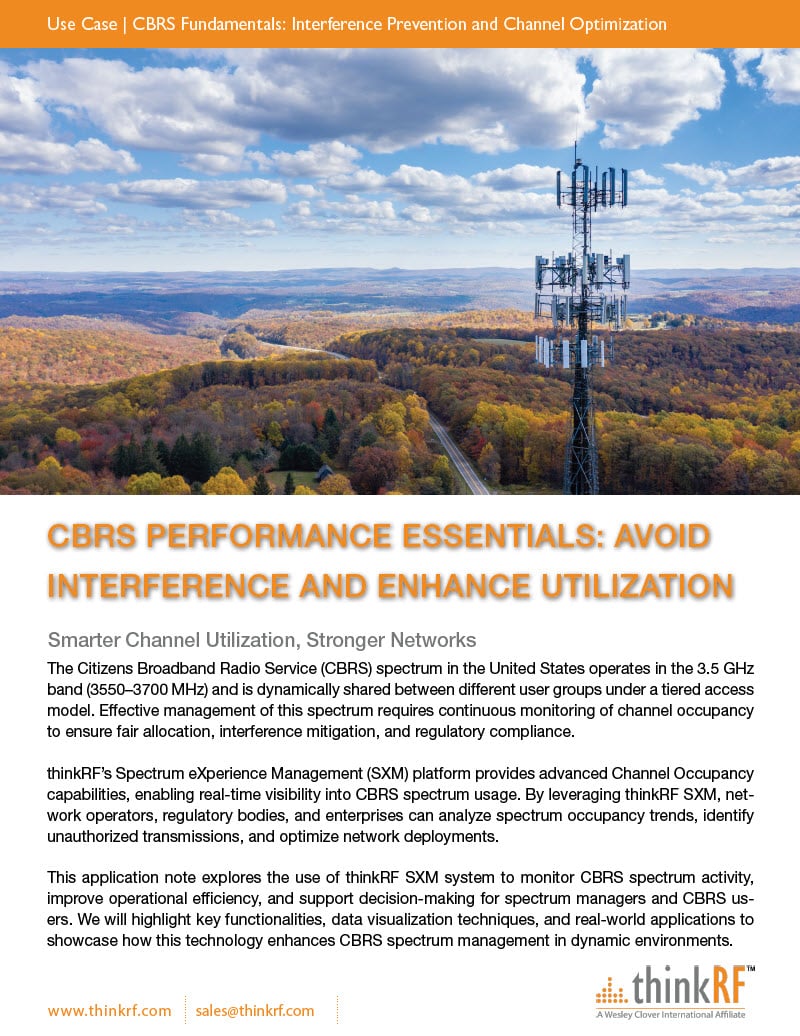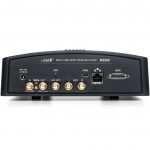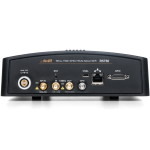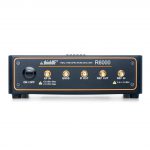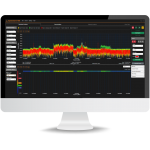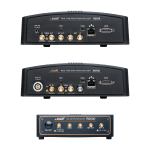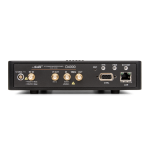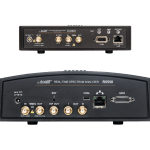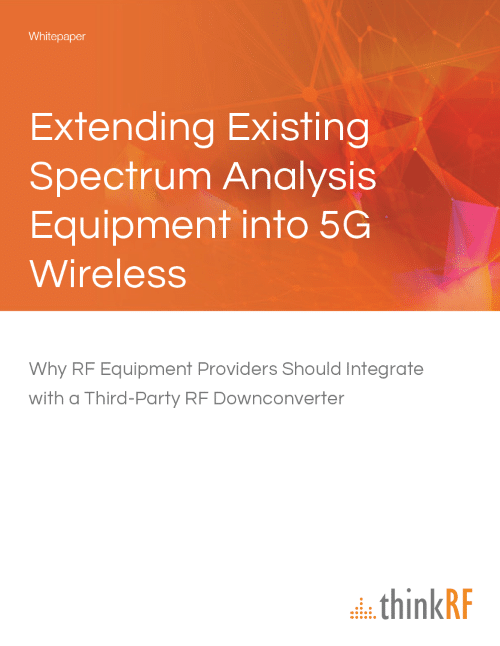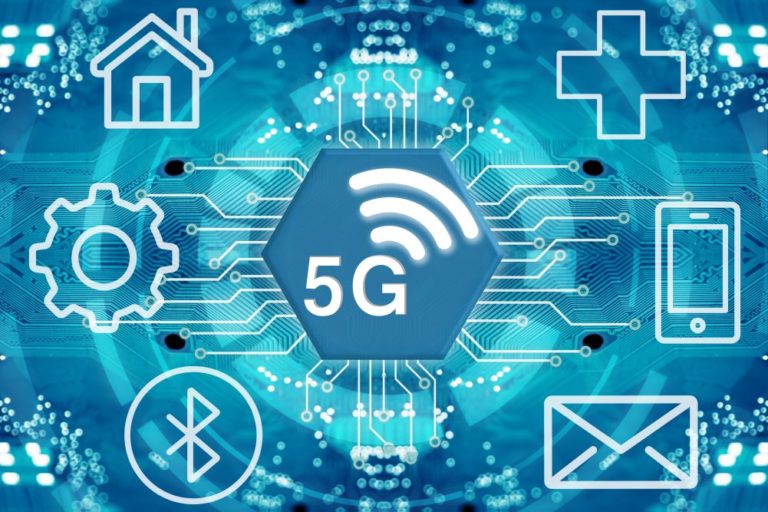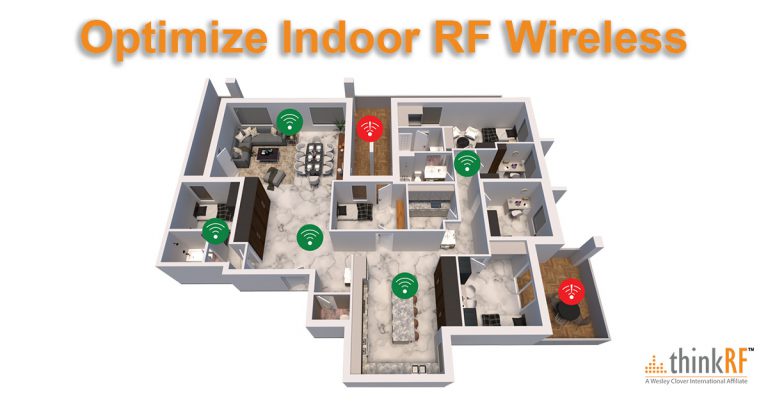It was only 10 years ago that Steve Jobs stood on the stage at the Macworld Conference and introduced the Apple iPhone to the world. Few people at the time could predict the impact smartphones, and other connected devices, would have on the way we communicate with each other. But these significant advances in wireless devices, along with new wireless communications standards, converged to thrust the world into the always on, always connected, era that we live in today.
Devices may Have Changed, but Spectrum Analysis Equipment Lagged Behind
While the story of how new communications technologies changed the world has been told before, the impact that this sudden innovation had on spectrum monitoring applications has been less discussed. In only a few short years, monitoring spectrum went from relatively simple and centralized to highly complex and distributed, and equipment has struggled to keep up. Traditional lab and benchtop spectrum analyzers were large, heavy, and lacked flexibility. Handheld analyzers provided more portability but sacrificed frequency range and bandwidth. This equipment may have worked in the past, but it is ill-suited for today’s complex environments.
Regardless of the application, whether regulatory, signal intelligence/electronic intelligence (SIGINT/ELINT), or technical surveillance counter measures (TSCM), we’ve identified three challenges that are making spectrum monitoring more complex than ever before.
Challenge 1 – Widespread Adoption of Wireless Devices
According to Cisco, there were 16.3 billion connected devices worldwide in 2015. Estimates vary, but it’s expected this number will rise to at least 26.2 billion worldwide by 2020. And with the rise of the Internet of Things in commercial, industrial, and residential applications, machine-to-machine (M2M) communications will take off as well. All of these devices combine to create an astonishing amount of data, most of which travels over fixed or mobile wireless networks. IBM estimates we already create over 2.5 exabytes, or 2.5 quintillion bytes worth of data every single day. As the drive for more devices and more data pushes ever forward, the complexity of spectrum monitoring will increase as well.
Challenge 2 – More Diverse Signal Environment
In order to make this data driven, device powered world a reality, the types of wireless signals being studied and deployed are becoming more diverse and complex. A standard iPhone 7 alone can detect and transmit up to 9 different types of signals, ranging from 4G/LTE to Bluetooth and GPS. Researchers are also pushing the boundaries of high frequency and wideband signals, with 5G technologies driving experiments in the 24, 28, 32 and 42 GHz bands with bandwidths up to potentially 2 GHz. Combined with other technologies using intermittent, pulsed, frequency hopping and hidden signals that vary dynamically in amplitude or are agile in frequency, it’s easy to see how detecting and measuring these signals has become far more difficult.
Challenge 3 – Rapid Pace of Innovation
It’s not just the fact that there are more devices and signals being used, it’s the pace at which the changes are happening that is causing issues for spectrum monitoring users. Just consider how far computing has come in recent years – what was once top of the line only a few years ago can be obsolete today. Spectrum monitoring equipment with built-in processing and computing suffers from this same problem, leaving users with out-of-date equipment that is difficult to upgrade as requirements continue to increase. With new technologies being developed so regularly, spectrum analyzers must be flexible, versatile and easy to upgrade.
See the Full Picture with Software-Defined Radio Technologies
Fortunately, advances in software-defined radio (SDR) technologies are addressing these challenges and giving spectrum monitoring users the ability to see the full picture. Whether they are used in regulatory, SIGINT/ELINT or TSCM applications, SDR based spectrum analyzers provide the versatility, form-factor and frequency and bandwidth performance required for today’s complex world. And because they are software based and connected to a PC, they can easily be upgraded to extend the useful life of the hardware.
Combined, these capabilities help spectrum monitoring users overcome challenges such as the widespread adoption of wireless devices, a more diverse signal environment, and the rapid pace of innovation. Software-defined radio technologies are redefining what is expected from a spectrum analyzer. To learn more, visit the ThinkRF Real-Time Spectrum Analyzer page.

